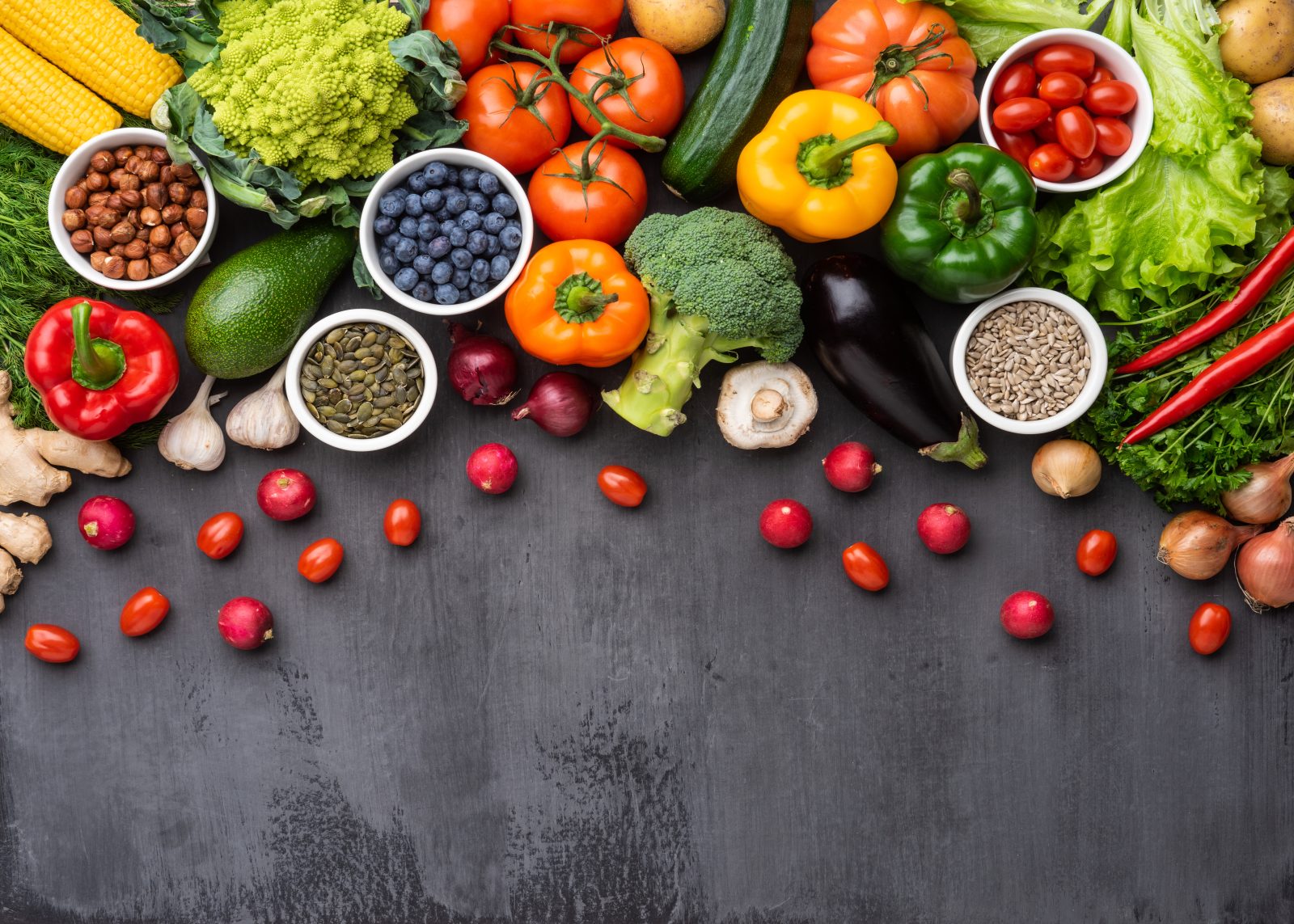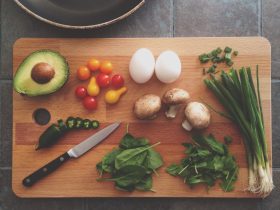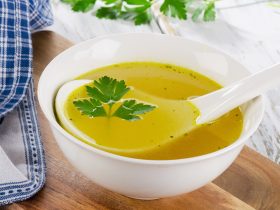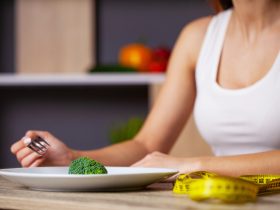Choose Natural Foods
To eat clean you need to optimize for foods that are closest to their original state. Rather than processed items, go for fresh, whole foods. For instance, select a whole turkey over pre-made frozen meatballs or enjoy raw grapes instead of sugary fruit snacks. The added benefit is that by avoiding heavily processed foods such as chips, cookies, and ready-to-eat meals, you steer clear of excessive calories, sugar, salt, and unhealthy fats.
Prioritize Whole Grains
Refined carbohydrates like white bread, pasta, and rice lose essential nutrients during processing. Make the switch to whole wheat bread, pasta, and brown or wild rice. Alternatively, explore diverse whole grains like oatmeal, popcorn, barley, or bulgur. This change can lead to significant advantages: Research reveals that a diet rich in whole grains can lower the risk of heart disease, type 2 diabetes, and colon cancer.
Eat More Fruits and Vegetables
Fruits and vegetables are essential components of clean eating. While some advocates suggest using only fresh produce, others find frozen and canned options acceptable due to their retained nutrients. Always check labels to avoid hidden sugars or excess salt. Opt for whole fruits over juices, as juices contain less fiber and more sugar. Strive to consume a minimum of five to nine servings of fruits and vegetables daily, adjusting based on your calorie requirements and physical activity level.
Be Mindful of Salt and Added Sugar
Clean eating focuses on foods naturally low in salt and sugar, avoiding unnecessary additions. Processed foods are common sources of these ingredients, so steering clear of them can significantly reduce your intake. Additionally, carefully examine food labels for hidden sugars and salt, even in seemingly healthy options like yogurt or tomato sauce. Monitor the amount of salt and sugar you personally add to your meals and beverages, and consider using herbs and spices for flavoring.
Avoid Artificial Components
Incorporating artificial colors, sweeteners, preservatives, and other synthetic elements contradicts the principles of a clean-eating diet. While shopping, check food labels and avoid products that contain such additives.
Stay Hydrated with Water
Swap sugary soft drinks and juices for low-calorie alternatives like water and herbal tea. Water not only helps control hunger and increase satiety, but it also combats fatigue and boosts energy levels. If you miss flavored beverages, try infusing your water with a citrus slice or a sprig of mint.
Reevaluate Alcohol and Caffeine
Clean eating approaches regarding alcohol and caffeine vary. Some completely avoid them in favor of water consumption, while others allow moderate intake. Regardless, experts recommend a daily caffeine limit of no more than 400 milligrams (equivalent to about three to five 8-ounce cups of coffee). When it comes to alcohol, women should stick to one serving, while men can have up to two. Avoid sugary additives by choosing plain tea or coffee, and refraining from using sweet mixers with alcohol.
Consider Your Approach to Organic
Organic farming employs natural pesticides and avoids synthetic ones, leading many to consider organic produce a clean eating option. The choice to prioritize it in your diet is yours. For insights into pesticide use, explore local farmers markets where vendors can provide information. Additionally, remember that pesticides tend to accumulate on the surfaces of fruits and vegetables, making non-organic selections with inedible skins (like avocados, corn, and onions) a viable option.
Make Informed Choices with Meat and Dairy
Meat, dairy, and eggs available in stores might originate from animals treated with growth hormones and antibiotics. Clean eaters opt for organic or locally-sourced alternatives that prioritize animal welfare. Farmers markets are valuable resources for understanding the origin of your meat and dairy products. Seafood lacks organic labeling, but you can look for low-mercury options that follow sustainable fishing practices. For a clean protein approach, consider incorporating nuts, beans, and legumes into your diet.















Find Us on Socials